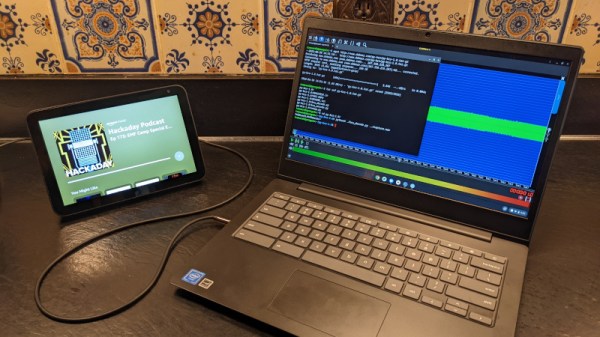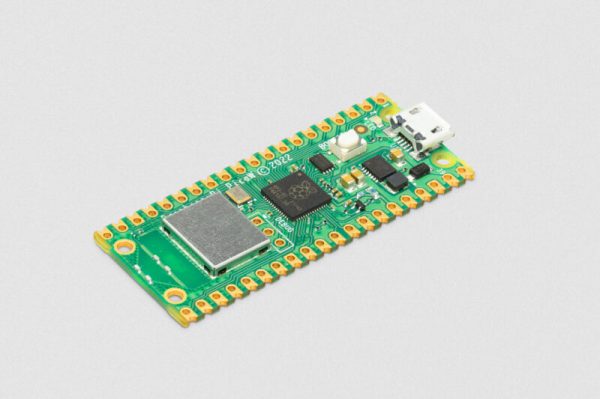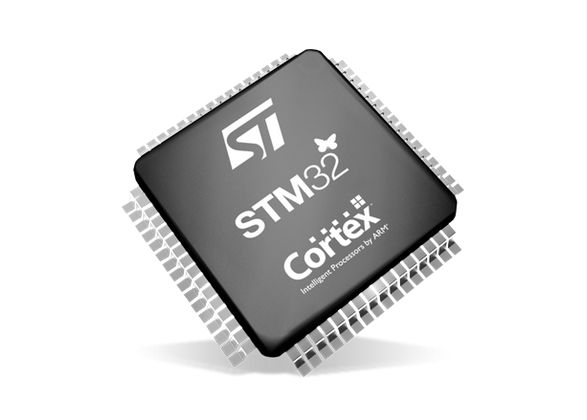Whenever you need to know something, you just look it up on the Internet, right? Using the search engine of your choice, you type in a couple keywords, hit enter, and you’re set. Any datasheet, any protocol specification, any obscure runtime error, any time. Heck, you can most often find some sample code implementing whatever it is you’re looking for. In a minute or so.
It is so truly easy to find everything technical that I take it entirely for granted. In fact, I had entirely forgotten that we live in a hacker’s utopia until a couple nights ago, when it happened again: I wanted to find something that isn’t on the Internet. Now, to be fair, it’s probably out there and I just need to dig a little deeper, but the shock of not instantly finding the answer to a random esoteric question reminded me how lucky we actually are 99.99% of the time when we do find the answer straight away.
So great job, global hive-mind of über-nerds! This was one of the founding dreams of the Internet, that all information would be available to everyone anywhere, and it’s essentially working. Never mind that we can stream movies or have telcos with people on the other side of the globe – when I want a Python library for decoding Kansas City Standard audio data, it’s at my fingertips. Detailed SCSI specifications? Check.
But what was my search, you ask? Kristina and I were talking about Teddy Ruxpin, and I thought that the specification for the servo track on the tape would certainly have been reverse engineered and well documented. And I’m still sure it is – I was just shocked that I couldn’t instantly find it. The last time this happened to me, it was the datasheet for the chips that make up a Speak & Spell, and it turned out that I just needed to dig a lot harder. So I haven’t given up hope yet.
And deep down, I’m a little bit happy that I found a hole in the Internet. It gives Kristina and me an excuse to reverse engineer the format ourselves. Sometimes ignorance is bliss. But for the rest of those times, when I really want the answer to a niche tech question, thanks everyone!



















